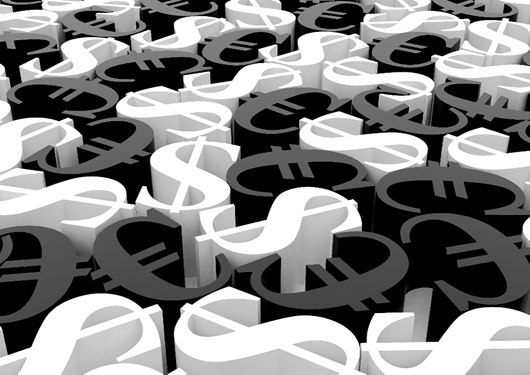
Visit Our Sponsors |
|
|
|
|
|
|
|
|
|
|
|
|
|
|
|
|
|
|
|
|
|
|
|
|
|
|
|
|
|
|
|
|
|
|
|
|
|
|

Expansion probably accelerated to 7.5 percent in July-September, according to the median of 25 estimates in a Bloomberg survey of economists. However, analysts are cutting forecasts for growth to 7.4 percent from 7.7 percent for the year through March as Modi's Nov. 8 move to invalidate 86 percent of currency in circulation dents demand in an economy where 98 percent of consumer payments are in cash.
"Attention has shifted to the impact of the demonetization initiative on the real economy," Radhika Rao, an economist at DBS Bank Ltd. in Singapore, wrote in a report. Growth in October-December could dip below 6 percent, she said.
Such a slowdown would imperil India’s position as the world's fastest-growing major economy. A bigger concern, though, is how soon the $2tr market can fully rebound from the effects of Modi's measure.
"Macroeconomic effects of the cash crunch include a temporary delay of consumption and investment, disrupted supply chains, farmers being unable to buy inputs, and some loss in productivity due to time lost to deal with cash issues," said Thomas Rookmaaker, director in Fitch Ratings' Asia-Pacific Sovereigns Group. "The impact on GDP growth is clearly going to be negative in the short run and depends to a large extent on how long the cash crunch is going to take."
RELATED CONTENT
RELATED VIDEOS
Timely, incisive articles delivered directly to your inbox.

